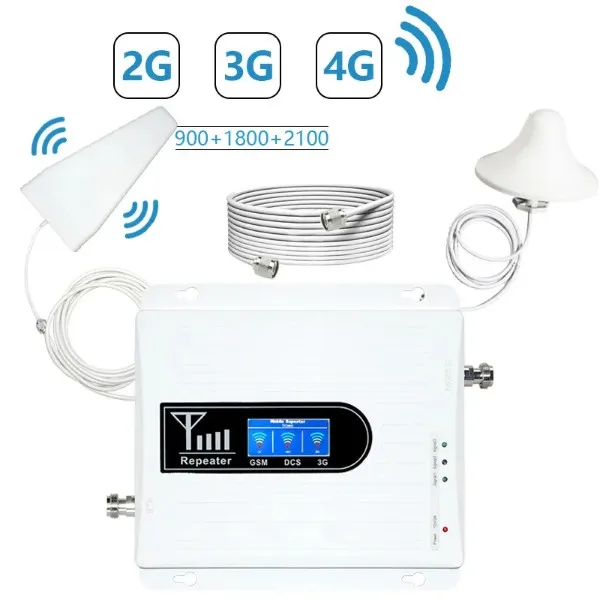Like all other sectors, the industry has been in a massive transition since the news of Internet Of Things (IoT) and telecommunications is not far away. The future of telecommunications lies in this new 'network of things' representing every device, from smart wearables to industrial sensors that will unleash a world full of opportunities and threats reshaping the telecom landscape.
And this large traffic data is happening due to the IoT devices. Realtime transmit, process and analyse implies large volume of data most likely getting generated at these devices. This generated data explosion has pushed the telecom companies to invest heavily in shifting over from their current infrastructure and moving towards 5G networks as not only do these networks offer extremely low latency but also have very high-bandwidth capabilities. This combined future of telecommunications and IoT places higher importance on a more robust, secure, adaptive network that can accommodate hundreds of millions - if not billions-of devices populating our connected cities.
World of telecommunication services IOT can make larger and that not just covering the connectivity. On the back of this, there has been an emergence for managed IoT services from telecom providers where a business can look to deploy its own (or others) IoT solutions rather than have you build out their entire technology stack on top. City infrastructure, from smart lighting to connected manholes; remote health monitoring - the ability of healthcare professionals and care providers to watch-over patients at home thanks for data flowing in real-time between their living room Sofa or bed-side tablet devices,) this boils down a much simpler goal: more things that can be tracked remotely = more stuff telecos are involved with, which should increase revenues and build innovation elsewhere. Incorporating IoT in their service portfolios, telecom companies are transforming from pure connectivity providers to digital solution partners.
A few telcos have begun or are planning to introduce IoT solutions to the market, so that they can run all this data through well-stocked networks. Operators can partition and then prioritize IoT traffic by using network slicing, a major innovation in 5G networks that allows resources to be allocated on the fly for particular service types. Furthermore, predictive maintenance leverage AI-based intelligence services to forecast when grid performance issues might occur or safety risks exist and how updates networks will need. All of these help in better customer experience can also support the telecoms to become capable enough for such vast space of IoT.
Telecom companies have a large portion of the IoT play too It is also why so many OEMs do connectivity reasonably well; after all, it has been the core competency of an OE for a long time.With these foundations in place they are one part to many where IoT cuts across industries. Establishing cooperative relations with manufacturers of devices, developers and cloud service providers aids the telcos to provide an integrated environment in which IoT solutions can be easily deployed alongside existing infrastructures. They furthermore are key in the creation of standards and protocols which mandate interoperability & security as those represent a further rollout/acceptance stage that these IoT technologies need.
However, the IoT revolution has its own security risk. Massive privacy and security concerns, especially in the age of massive IoT (Internet of Things) sensors adding literally billions more hacker targets. For one, telecoms must step up their cyber-security (they do seem especially vulnerable). They should in turn adopt a much less bloody-minded - and overtly more forceful - posture than the itchy trigger fingers of their customers, and cease to defend everything as hack-able; instead they ought proactively be seeking out breaches not apologizing after losing millions records. Additionally, energy management in IoT devices and spectrum allocation issues are both just as critical for sustaining growth. The commitment includes investment in renewable energy use for network operation and advocacy of regulatory frameworks that enable efficient management of spectrum.
Service-based, not hardware (capex) as revenue streams ~ the shift Telcos must now undergo The path to profitability will depend on generating value-adds from data analytics all the way through IoT platform management. Developing infrastructure that can adapt to and scale with future developments is also of utmost importance for long-term success.
In the end, it is IoT that would be like wind under telcos wings empowering them to grow and transform into future driven more connected world! Sure, the road ahead is arduous and long; but this gives that much more opportunity to provide networks complementary services with great marginal improvements over existing ones — good for them! And oh by the way let's not also forget our planet may just have gotten nudge towards being a little bit safer too… how critical…and transformation-this truly has become. With the aggressive deployment of IoT having yet to occur, there stands in waiting an imminent disruption for telecoms deployments clearly poised as breakthrough.


